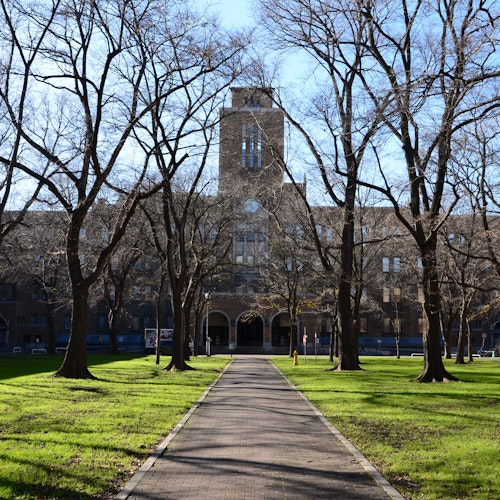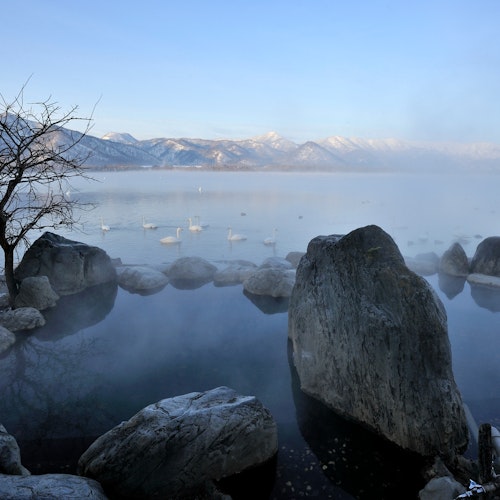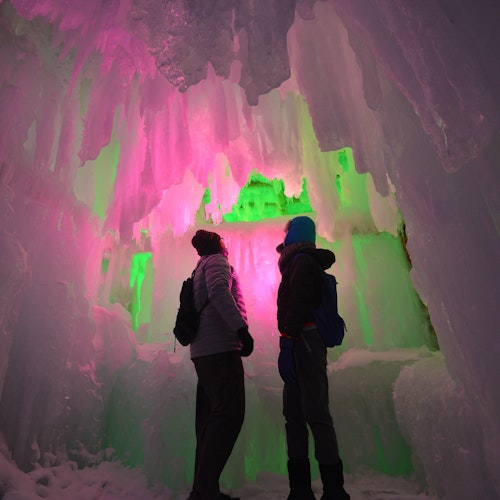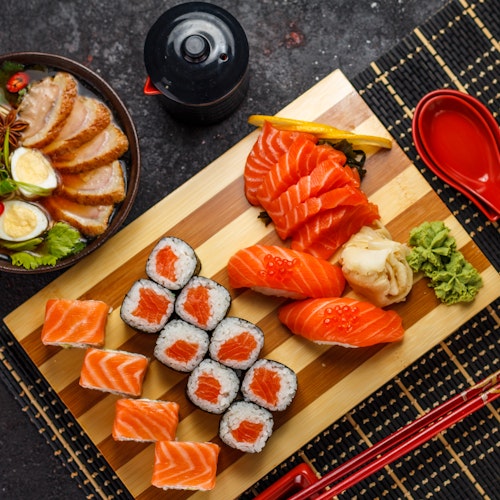The History of the Kyoto Golden Temple

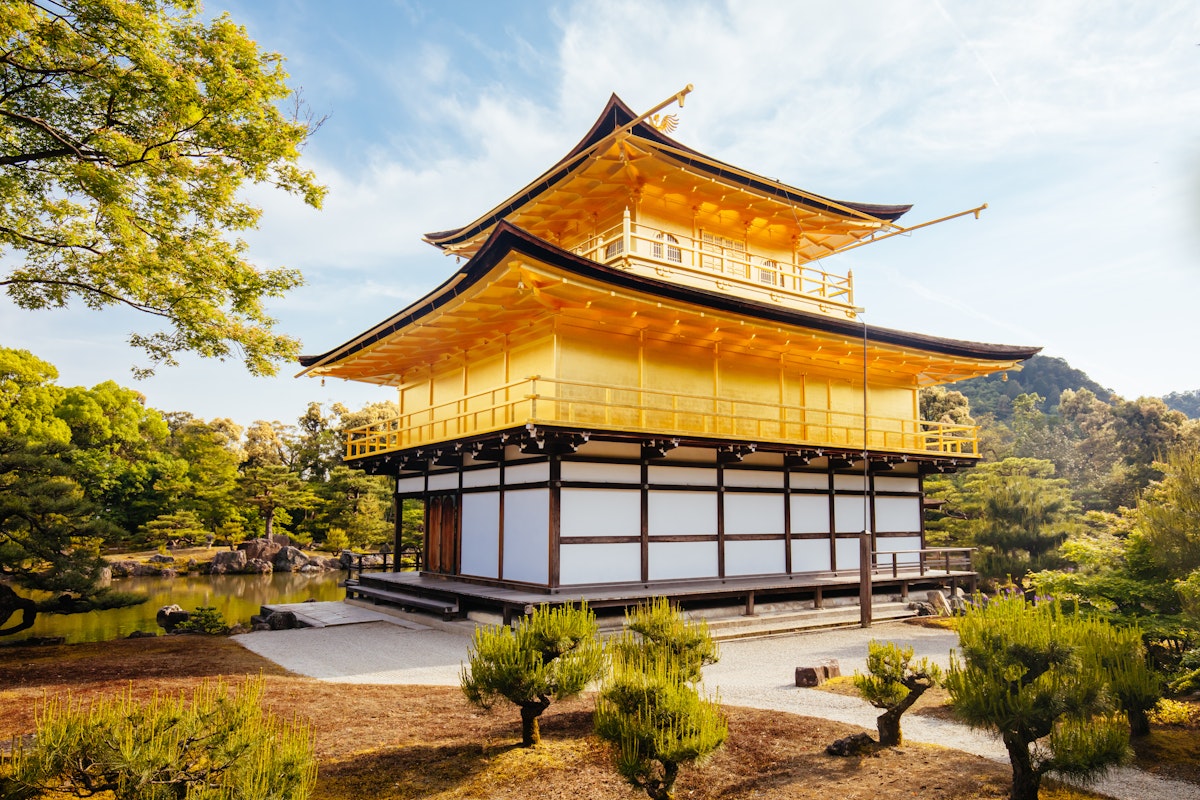
The Kyoto Golden Temple, or Kinkaku-ji, is an architectural marvel steeped in centuries of history. This iconic Zen temple is adorned with striking gold leaf and reflects Japan's deep cultural heritage.
This article delves into the rich history and breathtaking architecture of Kinkaku-ji. Join us in exploring this renowned Kyoto landmark's tranquil beauty and enduring legacy.
History of Kyoto Golden Temple
Kinkaku-ji, the Golden Pavilion or Rokuon-ji Temple, was originally built 1397 as a retirement villa for Shogun Ashikaga Yoshimitsu. Upon Yoshimitsu's death in 1408, the villa was converted into a Zen Buddhist temple, per his wishes.
The temple has undergone several reconstructions, the most significant being after a fire in 1950 caused by a novice monk, an event later immortalized in Yukio Mishima's novel. Rebuilt in 1955, the present structure is a faithful replica of the original, featuring a three-story pavilion adorned with gold leaf, symbolizing purification from negative thoughts towards death.
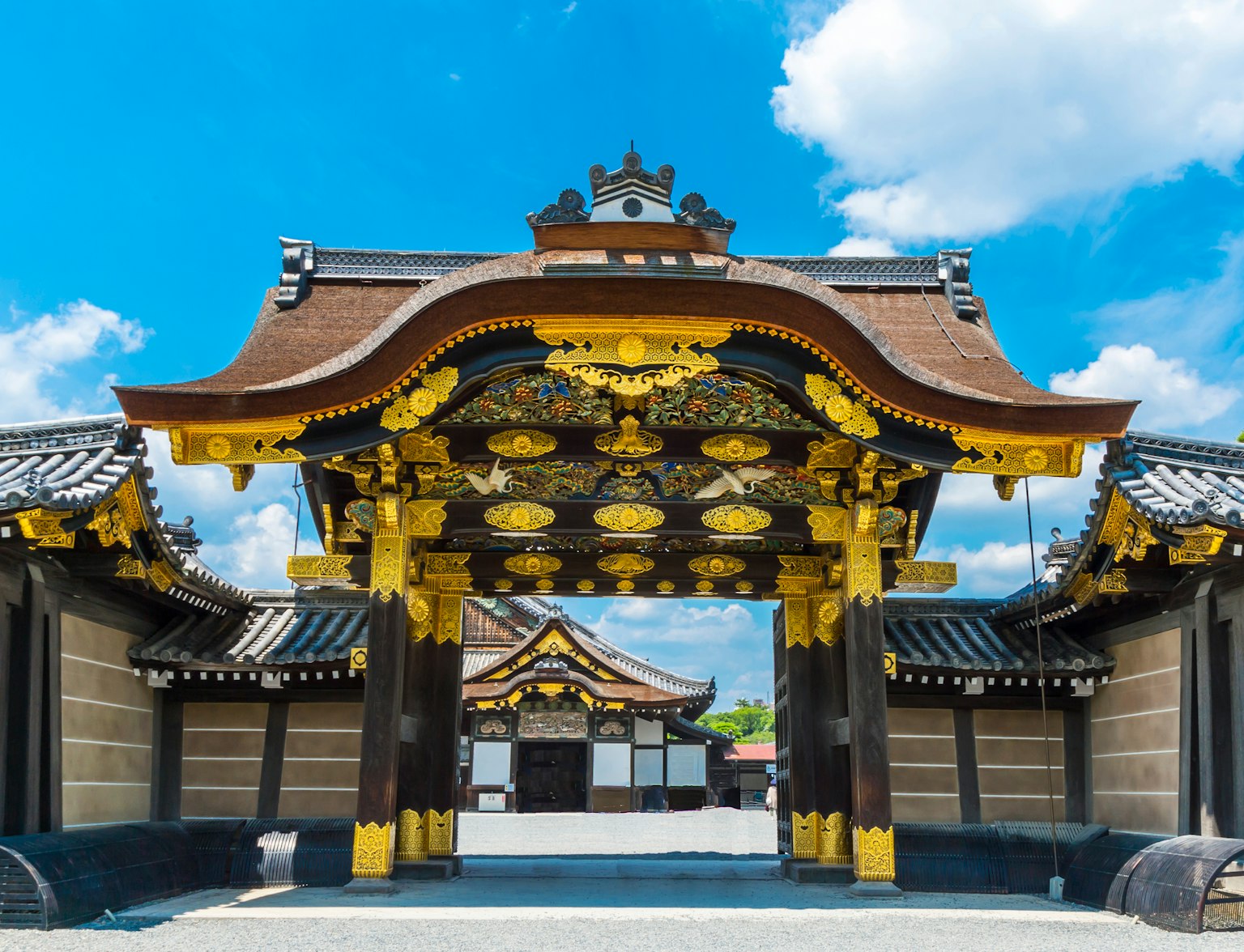
Visit Kinkakuji Temple with this tour.
The temple's architecture blends different styles: the shinden-zukuri style of the Heian aristocracy on the first floor, the warrior aristocrat buke-zukuri style on the second, and a Zen temple style on the third. Today, Kinkaku-ji, set within a beautifully designed Muromachi period garden, stands as a UNESCO World Heritage Site and a quintessential image of Kyoto.
Things to Do in Kyoto Golden Temple
Admire the Gold Leaf Architecture
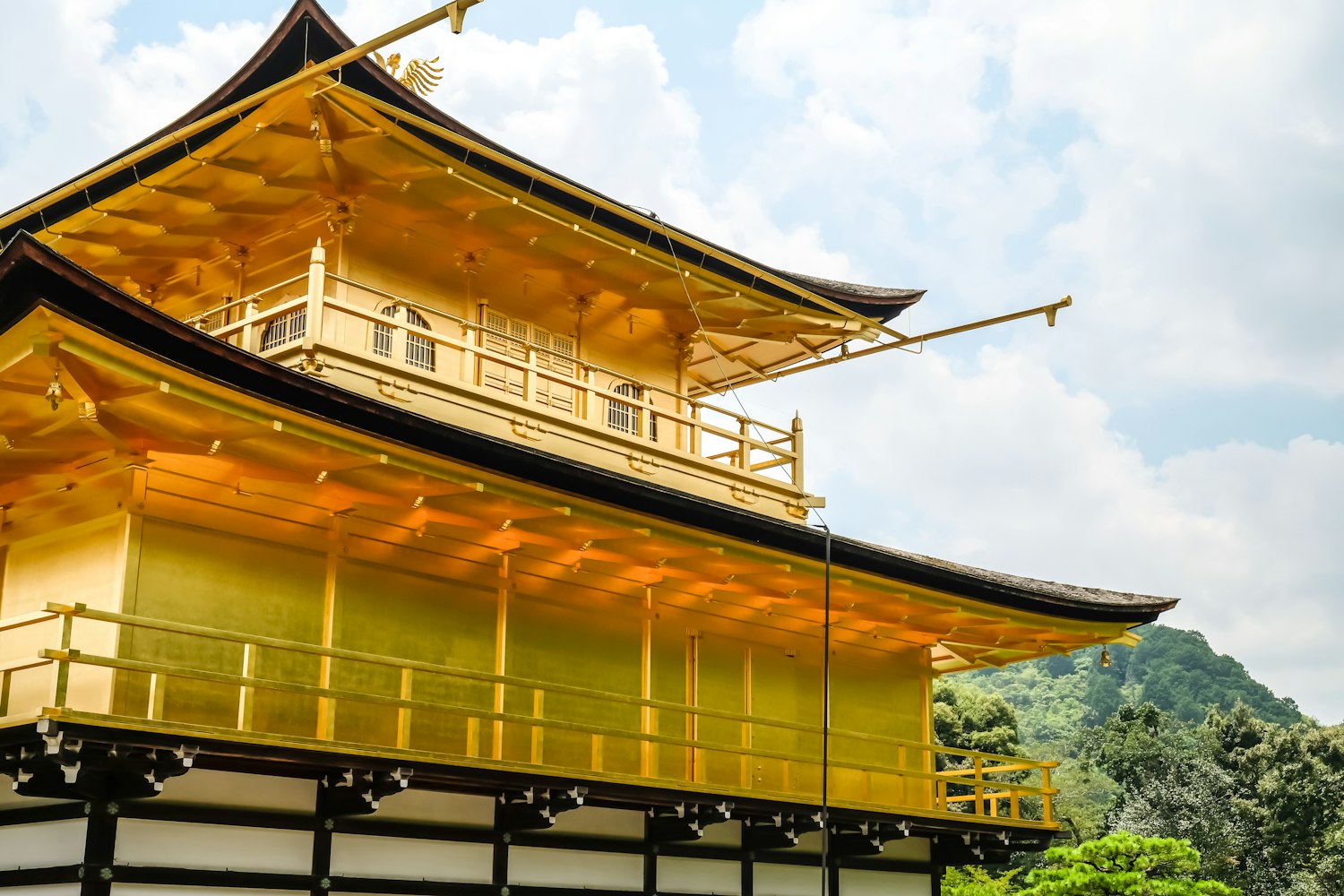
Experience the awe of Kinkaku-ji's upper levels, adorned with stunning gold leaf, as they cast a beautiful reflection upon the serene Mirror Pond below. This striking visual harmony between architecture and nature is a highlight for visitors to the temple.
Explore the Temple Grounds
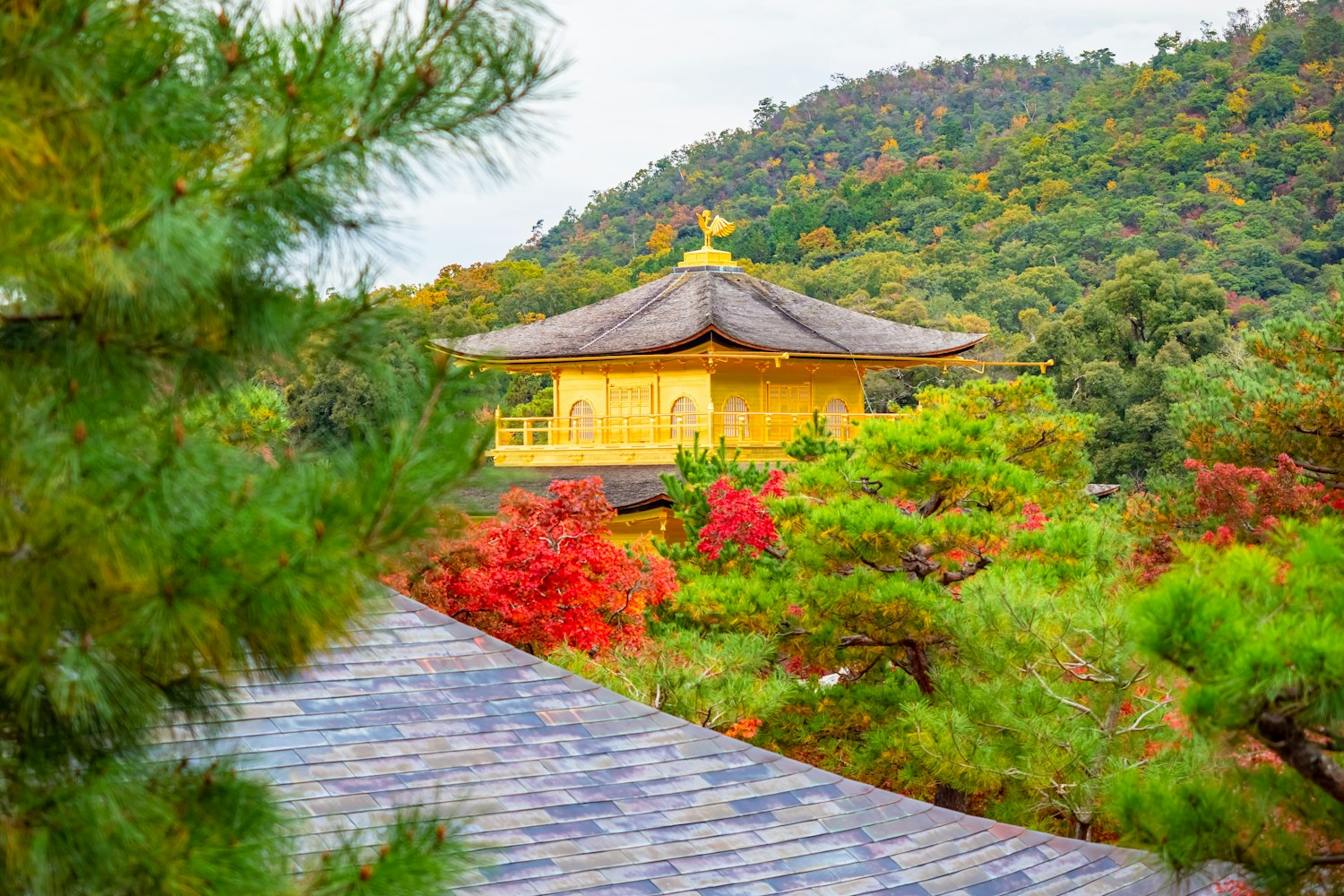
Stroll through the peaceful gardens of Kinkaku-ji, where small islands dot the landscape garden, creating a serene atmosphere. This serene environment offers a perfect escape into nature's tranquillity.
Visit the Sekkatei Teahouse

At the Sekkatei Teahouse within Kinkaku-ji's grounds, visitors can immerse themselves in the rich tradition of Japanese tea garden culture. This experience offers a unique blend of serenity and cultural heritage, set amidst the scenic backdrop of the temple.
Photography Opportunities
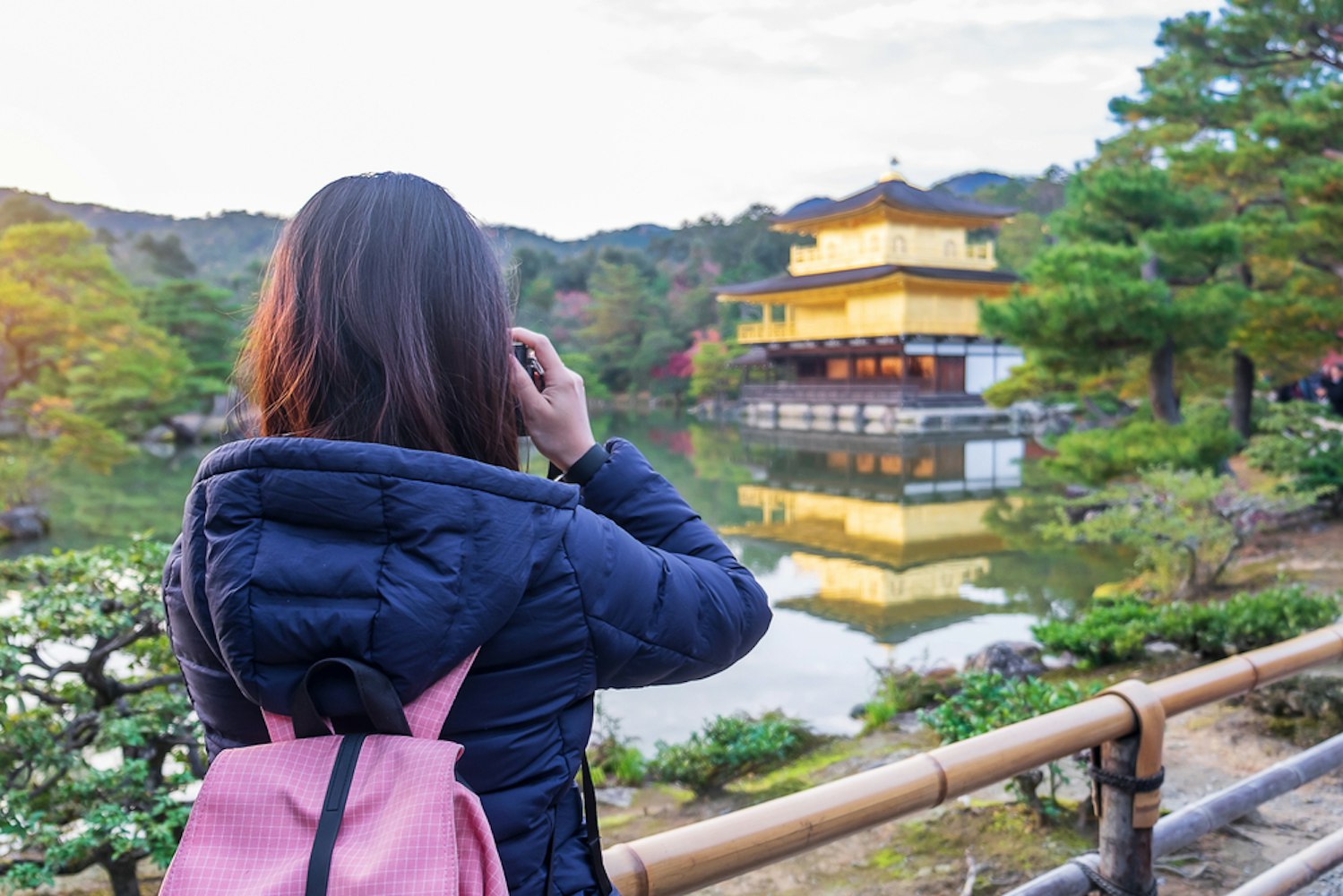
Photography enthusiasts will find the Golden Pavilion and its surroundings an ideal subject for capturing stunning images. The temple's picturesque setting offers numerous photographic opportunities, from architecture to scenic landscapes.
Enjoy the Serene Atmosphere
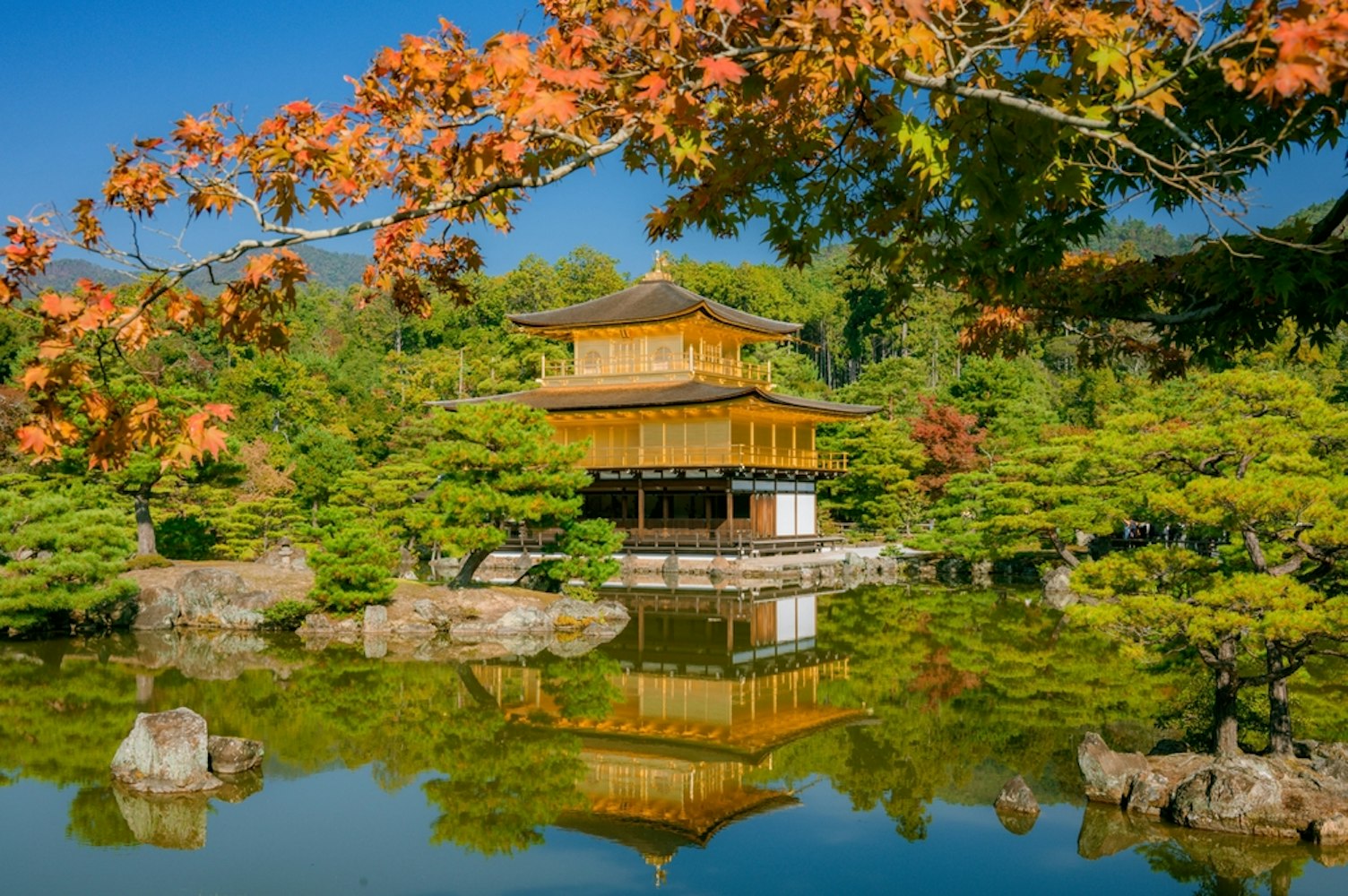
Immerse yourself in the serene and spiritual ambience of the Golden Pavilion, where Dharma waters enhance the sense of peace and tranquillity. This setting provides a perfect backdrop for reflection and contemplation.
Witness the Reflective Mirror Pond
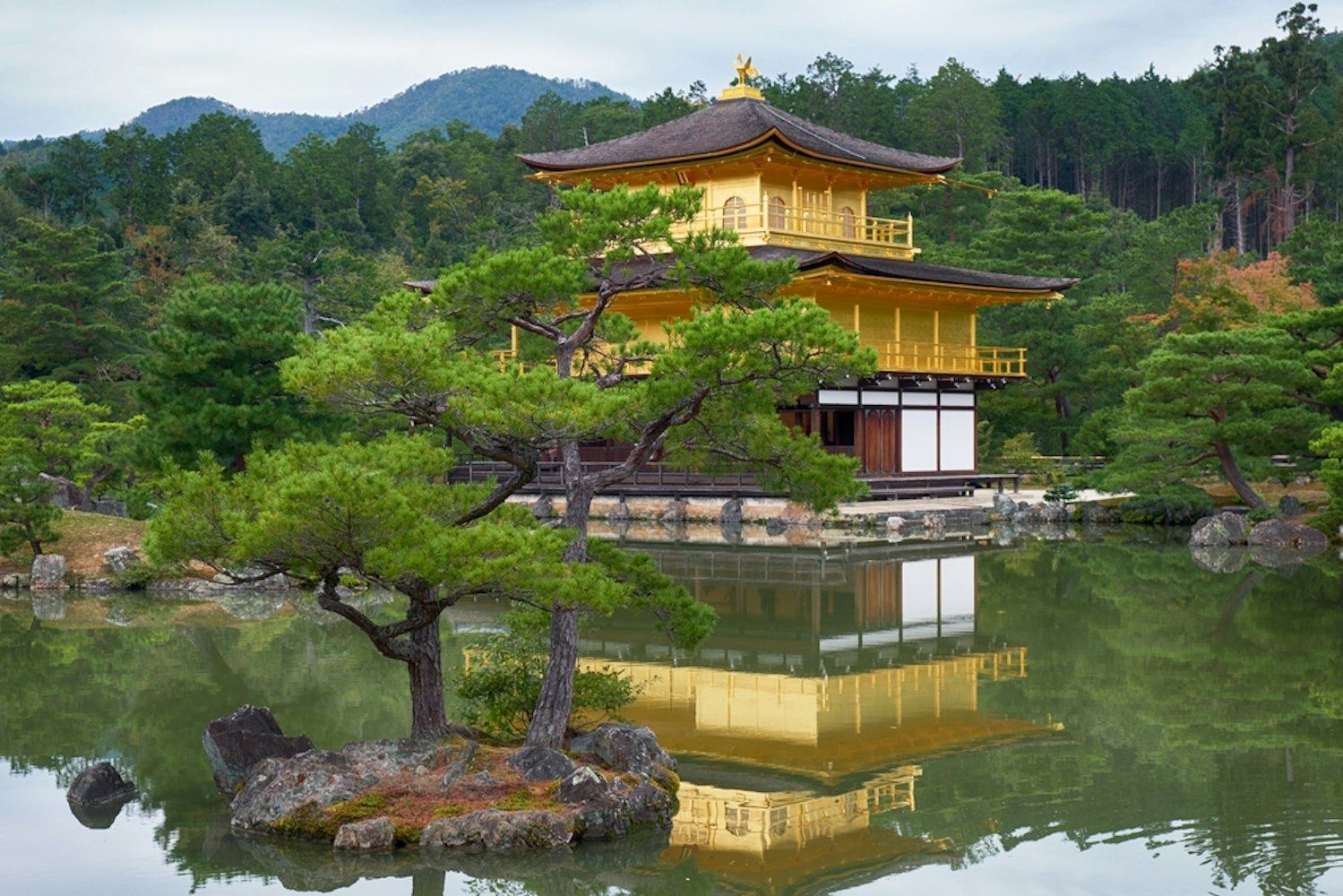
Experience the picturesque beauty of Kinkaku-ji as its golden facade casts a stunning reflection in the serene waters of Kyokochi, also known as the Mirror Pond. This captivating view adds a magical touch to the temple's scenic charm.
Learn About the Temple's History
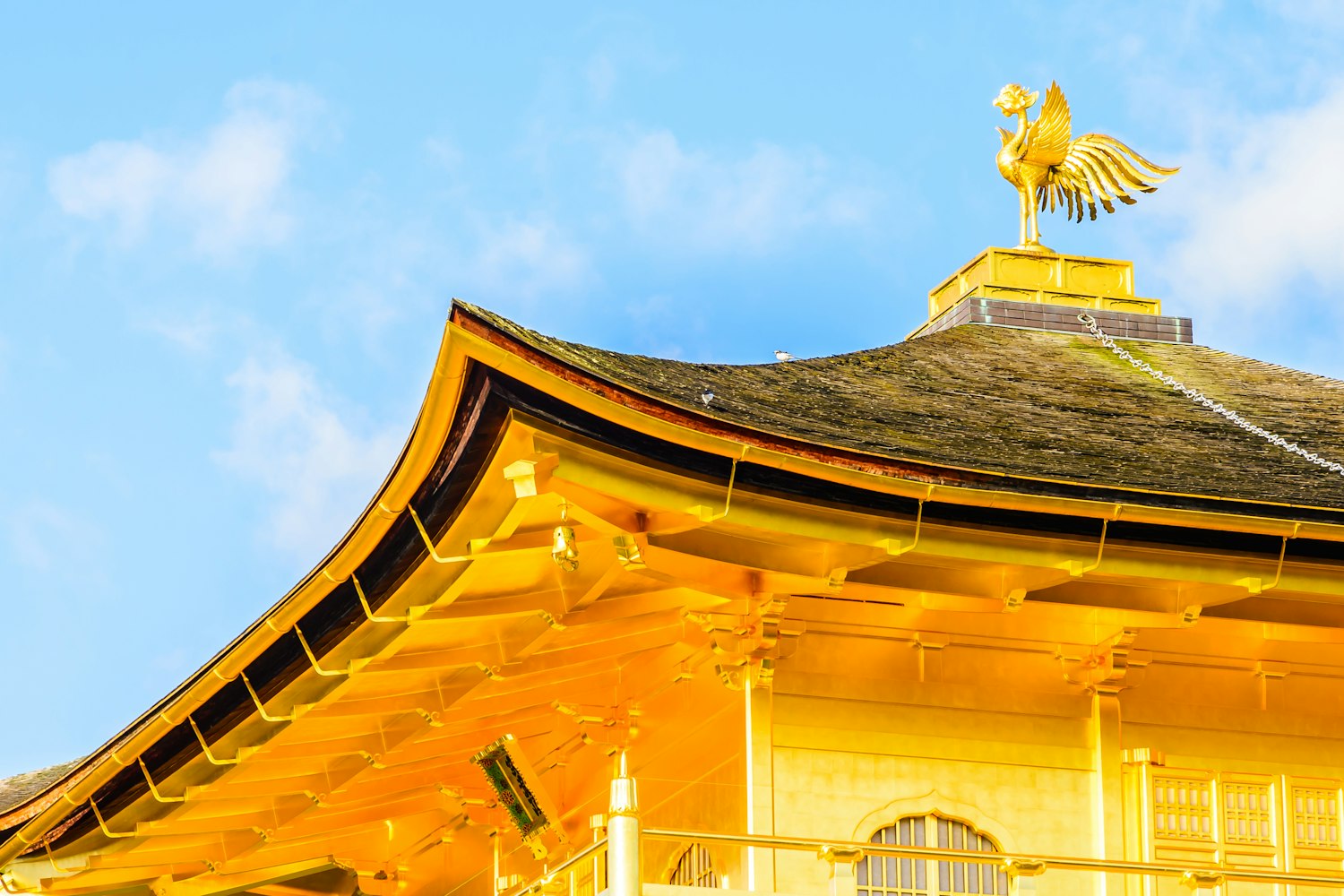
Discover the rich history and cultural importance of the Golden Pavilion, a symbol of Kyoto's heritage and a pivotal site in the landscape of Japanese culture. Delve into the temple's storied past to understand its significance in the tapestry of Japan's history and traditions.
Relax in the Gardens
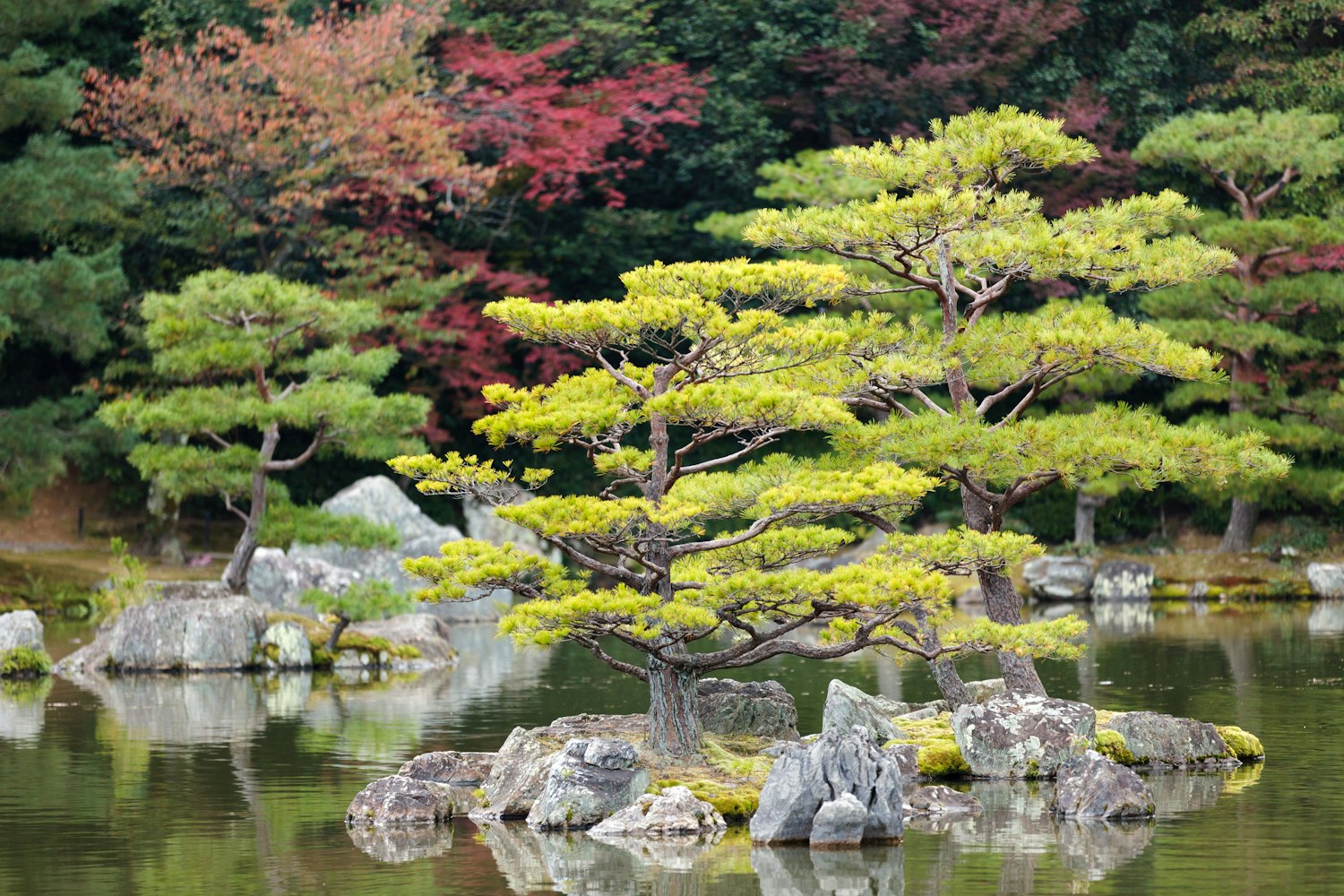
Experience the tranquillity and ever-changing beauty of the Muromachi period garden with a stroll, where each step offers a new perspective and a sense of peace.
How to Get There
To reach the Kyoto Golden Temple (Kinkaku-ji) from JR Kyoto Station, take Kyoto City Bus #101 or #205, which takes about 40 minutes and costs around 230 yen. Alternatively, take the Karasuma Subway Line to Kitaoji Station, followed by a 10-minute bus or taxi ride to the temple.
The subway trip takes about 15 minutes and costs 260 yen, with an additional taxi fare of around 1300 yen. For those with mobility challenges, Kyoto city buses and taxis are well-equipped to accommodate various needs.
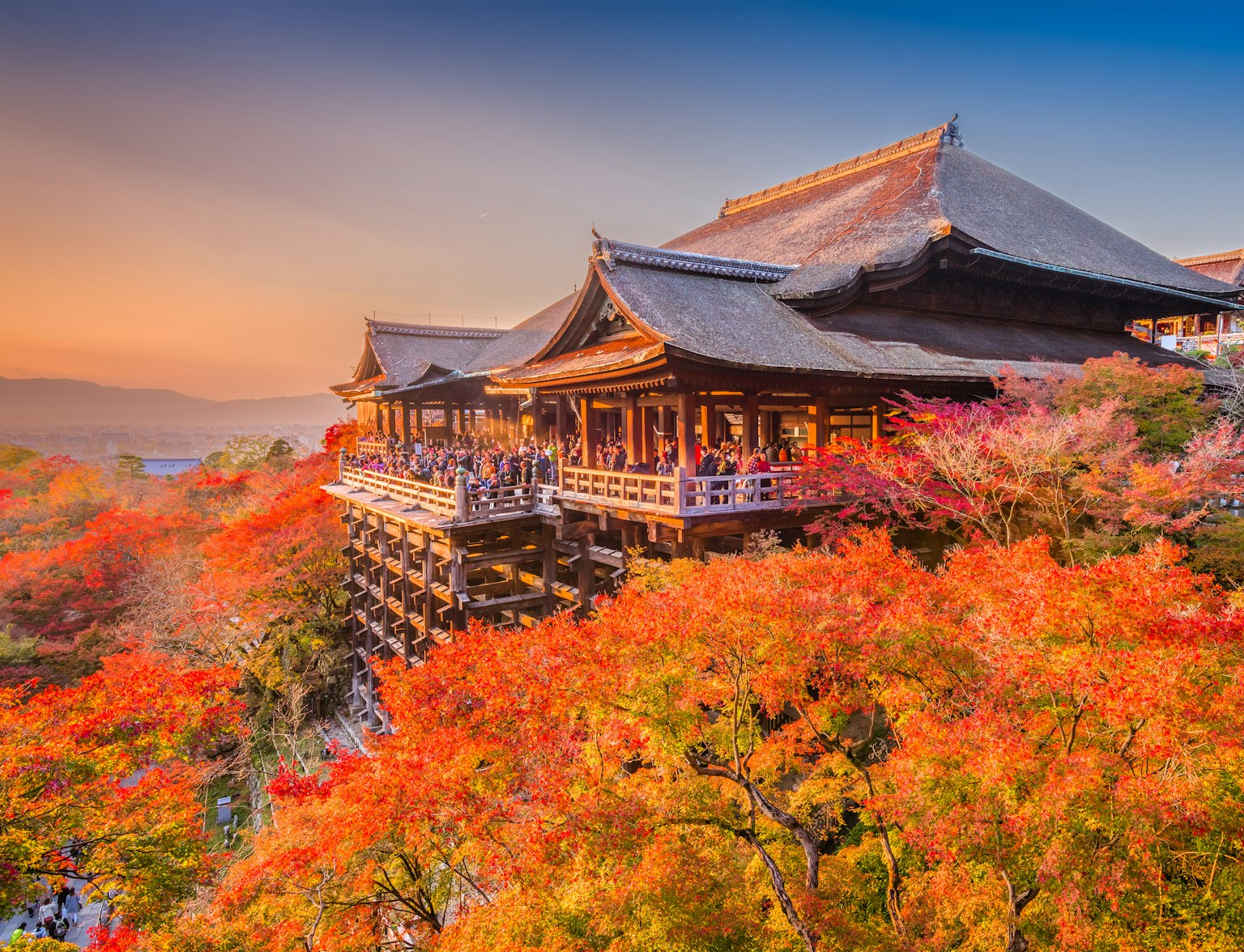
Reach this sight through a comfortable hop-on hop-off bus.
When is the Best Time to Visit
Early morning or late afternoon visits are recommended to experience Kinkaku-ji Temple with fewer crowds. Each season brings charm to the temple complex, with spring showcasing cherry blossoms and autumn adorned with colourful leaves.
This varied seasonal beauty enhances the temple's allure, making any time of year ideal for a visit. However, the tranquil ambience during less busy hours offers a more serene experience of Kinkaku-ji's timeless beauty.
Hours and Entrance Fee
Opening Hours: Daily from 9 AM to 5 PM.
Admission Fees: 400 yen for adults, 300 yen for children.
Purpose of Fee: Contributes to the maintenance and preservation of the temple.
Group Discounts: Potential discount rates for larger groups.
Kyoto's Golden Temple: A Serene Historical Marvel
The Kyoto Golden Temple, symbolic of Kyoto's rich history and allure, provides a memorable journey. It's an essential destination for Kyoto visitors, offering a chance to explore the majestic golden pavilion and serene temple grounds.
The experience of reflecting on the tranquil pond adds to the Zen temple's charm. This iconic site is a testament to Kyoto's cultural and historical tapestry.
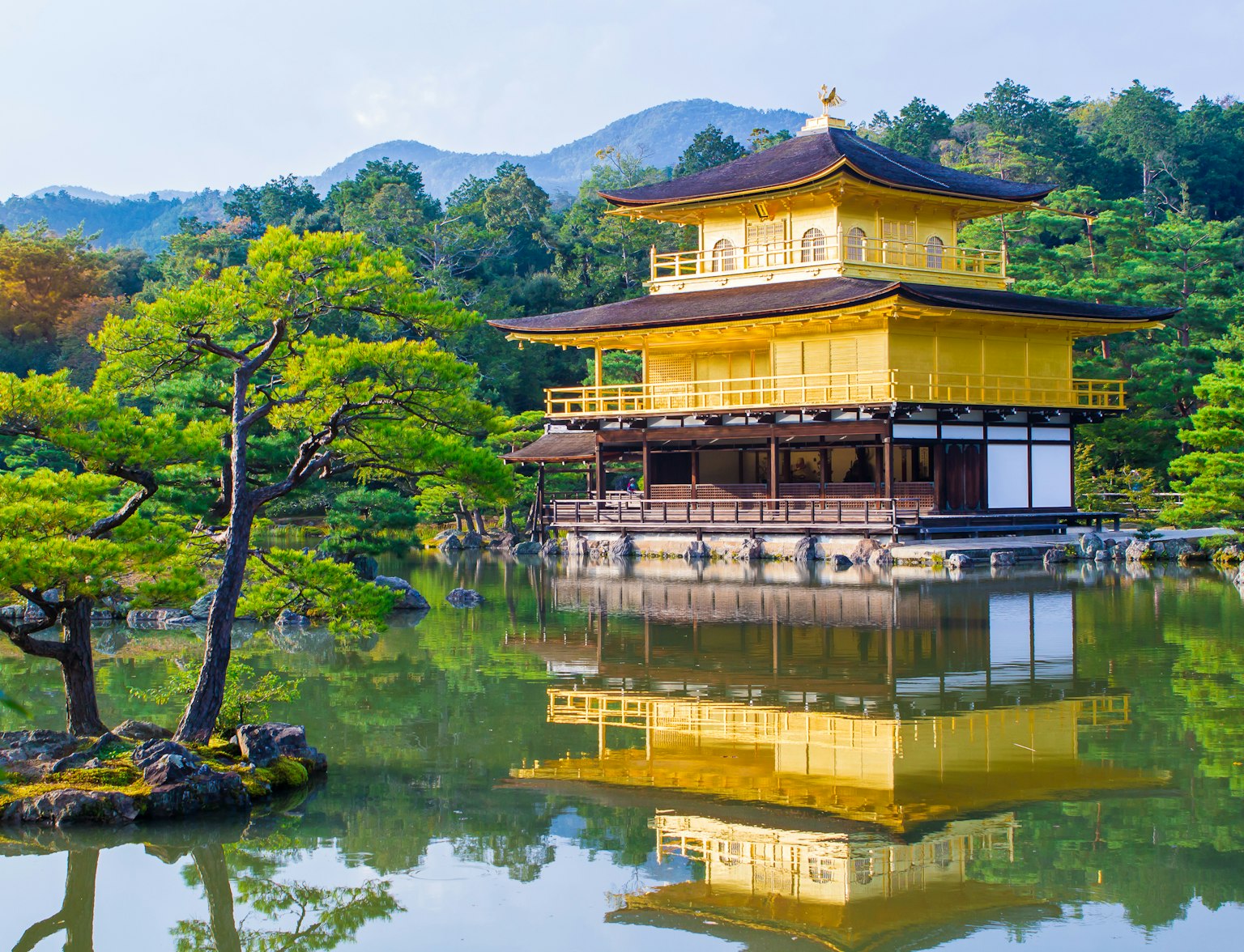
Include a trip to Kinkakuji Temple on your custom itinerary.
FAQs
Can you go inside the Golden Temple in Kyoto?
Kinkakuji, renowned worldwide as a Zen temple, is distinguished by its top two stories adorned in gold leaf. It's a celebrated UNESCO World Heritage site and one of Kyoto's most frequented destinations.
However, it's important to note that entry inside Kinkakuji Temple is not permitted for visitors. This restriction helps preserve the temple's historic integrity and beauty for future generations.
What is Kinkakuji famous for?
Kinkakuji, also known as the Golden Pavilion, is a renowned Zen temple in northern Kyoto, notable for its top two floors, which are lavishly covered in gold leaf. Its official name is Rokuonji temple.
Originally built as a retirement villa for Shogun Ashikaga Yoshimitsu, it was transformed into a Zen temple of the Rinzai sect posthumously in 1408 as per his will. This temple is celebrated for its unique golden exterior and as a symbol of the rich history and cultural significance of the period in which it was established.
Are jeans allowed in Golden Temple?
All types of denim are generally accepted for visiting the temple of the Golden Pavilion, but avoiding wearing excessively shredded jeans that expose large portions of your legs is advisable. For a more respectful attire, choose non-shredded denim.
What is not allowed in the Golden Temple?
Before entering, please remove your shoes and socks and place them in the provided shoe racks. Ensure you wash your hands and feet before proceeding inside.
The guidelines also emphasize the importance of preserving the park's natural heritage: picking leaves or fruits from the historical beri (jujube) and imli (tamarind) trees or interfering with them in any way within the Parkarma is strictly prohibited.
What are the attractions near Golden Temple or Kinkaku-ji?
Nearby Attractions to Kinkaku-ji: In the vicinity of Kinkaku-ji, you'll find several temples, shrines, and historical landmarks within easy walking distance. Highlights include Ryoanji Temple, Tojiin Temple, and Ninnaji Temple building.
A short walk to the south leads to Hirano Shrine and Kitano Tenmangu, each offering its unique history and beauty.
Continue reading
